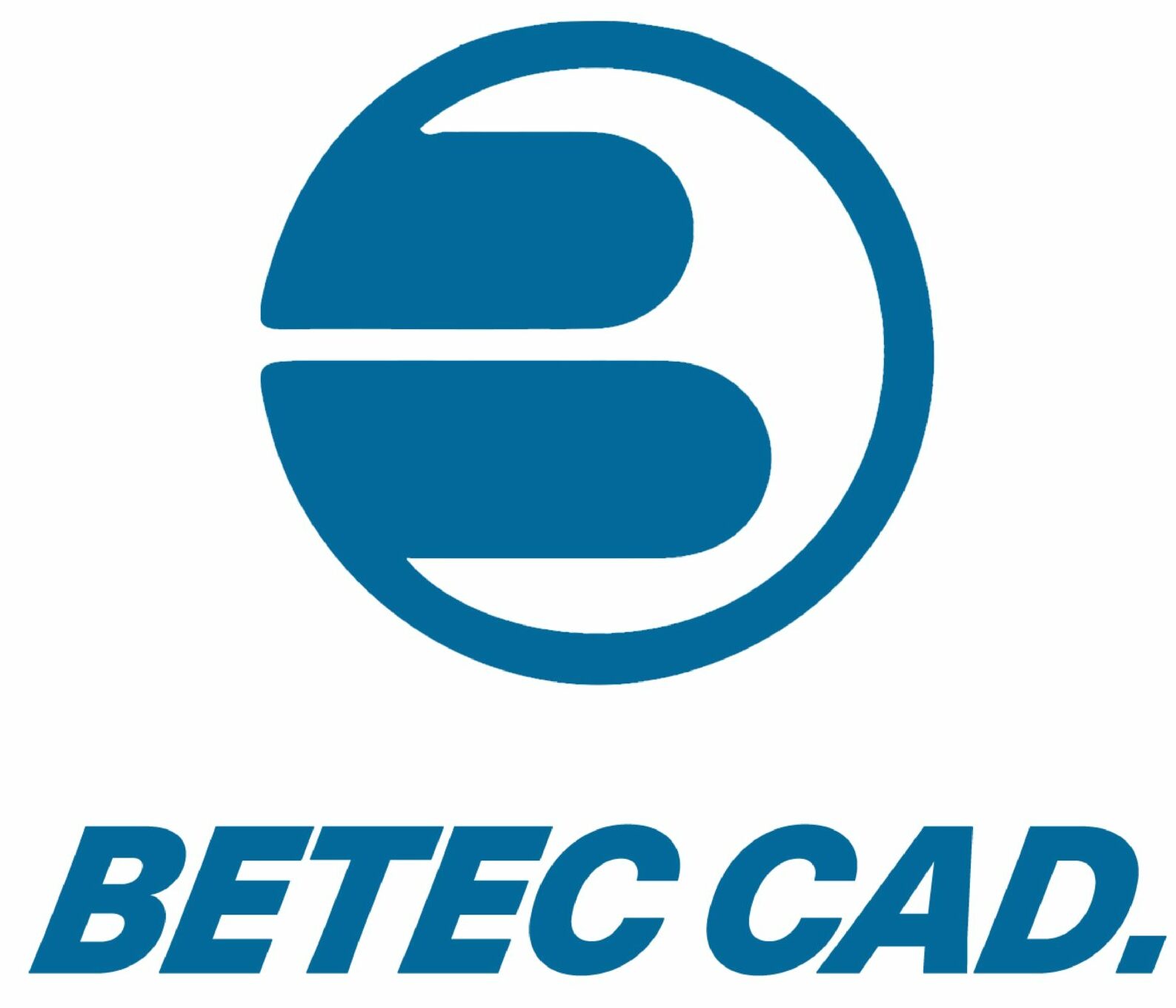Sand trap louvres have a lot of use in many industrial and commercial buildings where there is activity; dust or dirt in the surrounding area. These louvres are necessary for cooling purposes and to ensure that no foreign material accumulates on the equipment. Determining the right size and position of the sand trap louvres will give the best performance and prevent damage to your equipment. This guide will take you through the steps of calculating sand trap louvres in a simple manner!
What Are Sand Trap Louvres?
Sand trap louvres are specifically used for filtering out dust such as sand and other solid particles from the air before reaching a specific location. They are used widely in HVAC systems, power generation plants, and other numerous industrial applications. These louvres help avoid accumulated debris clogging or harming working machinery and enhance the quality of air in a facility.
Why Proper Calculation Matters?
Accurate calculation of sand trap louvres is vital for several reasons:
– Efficiency: Appropriate-sized louvres prevent any blockage of air flow thereby achieving efficiency of your ventilation or air conditioning system.
– Protection: It assists in proper covering of sand and dust that are likely to get in and cause damage to sensitive equipment and machines.
– Cost-Effectiveness: Properly designed louvres do not require frequent washing and replacement of materials that require handling, thus saving costs.
Steps to Calculate Sand Trap Louvres
- Determine Airflow Requirements
The first step in arriving at sand trap louvres is to deduce the airflow rate in your system. This is usually done in terms of the airflow rate per unit of time normally expressed in cubic feet per minute (CFM) or cubic metres per hour (CMH). To find this:
– Identify the total airflow: This is usually provided by the equipment manufacturers or can be estimated given the size and working capacity of your system.
– Consider any additional factors: Explain any other possible factors that may influence air circulation like; temperature changes or altitude changes.
- Select the Right Louvre Type
Louvres come in numerous forms and they each have a particular purpose. Choose a sand trap louvre that matches your specific needs: Choose a sand trap louvre that matches your specific needs:
– Standard Sand Trap Louvres: These are used for general purposes where normal dust and sand collection is required.
– High-Efficiency Louvres: For high particulate environments usually high-efficiency louvres are recommendable.
- Consider the Depth of the Louvre
Louvre depth influences the ability of the louvre to capture sand and dust and make the greenhouse comfortable. Increased impression of the louvre allows more space on which the particulate can be trapped and held. Check that the depth of your louvre is adequate for the amount of debris that you anticipate getting.
- Account for Filter Efficiency
If you use filters on your louvre system, try to determine the performance parameters of the filters in trapping dust and sand. Higher efficiency filters can partially eliminate extra large louvres since they remove more particulate matter before it reaches the louvre.
- Assess Pressure Drop
It produces an impact on the pressure drop across the louvre, and the overall efficiency of the system is influenced. High-pressure drop is negativity among air flows and energy utilization. Make sure that the louvre design does not worsen pressure drop while at the same time maximizing sand and dust capture.
- Review Installation Requirements
Correct installation is critical to have efficient sand trap louvres. Make sure that the installation of the louvre is done right and properly following the manufacturer’s recommendations. Also make sure that there is enough space through which air can pass through the louvre without obstacles.
- Regular Maintenance
Nonetheless, since the calculations and installment of sand trap louvres have been provided, it is important to understand that to maintain the efficiency of the sand trap louvres, maintenance is necessary from time to time. If the louvres get accumulated or dusty, ensure to clean or replace them to ensure proper air circulation.
Conclusion
When considering sand trap louvres some of the things that are considered include the need for airflow, the type of louvre to be used, the dimension to be made and even the depth and the pressure drop. Mathematical calculation and installation contribute to protection and operational output efficiently.
For those who are seeking good sand trap louvres, Beteccad, an HVAC Manufacturing Company in UAE manufactures and supplies quality HVAC systems and sand trap louvres. This means that they provide you with high-quality components or solutions based on the requirements of your systems and their specializations in HVAC solutions add another layer of efficiency to the improvements.

